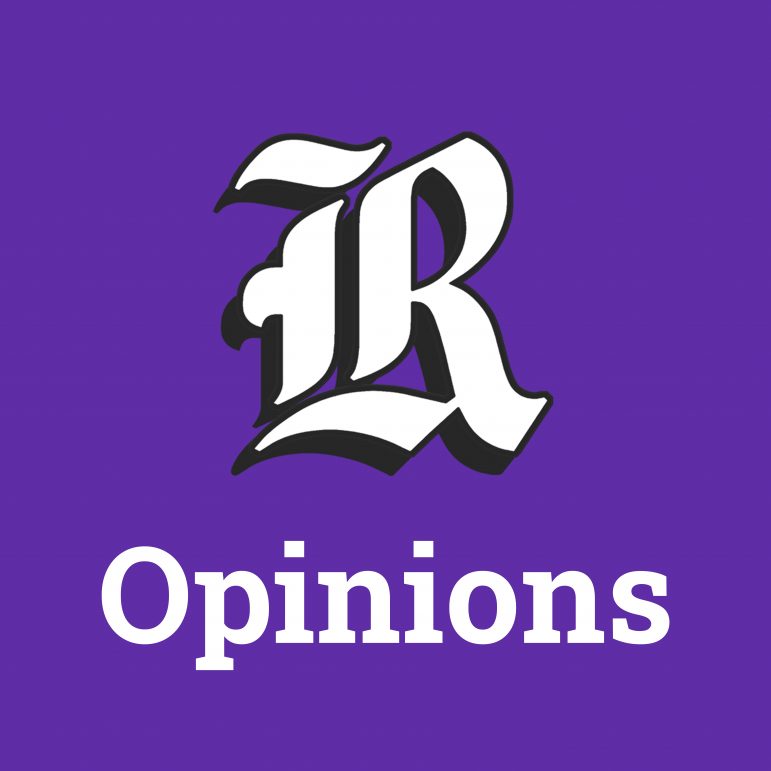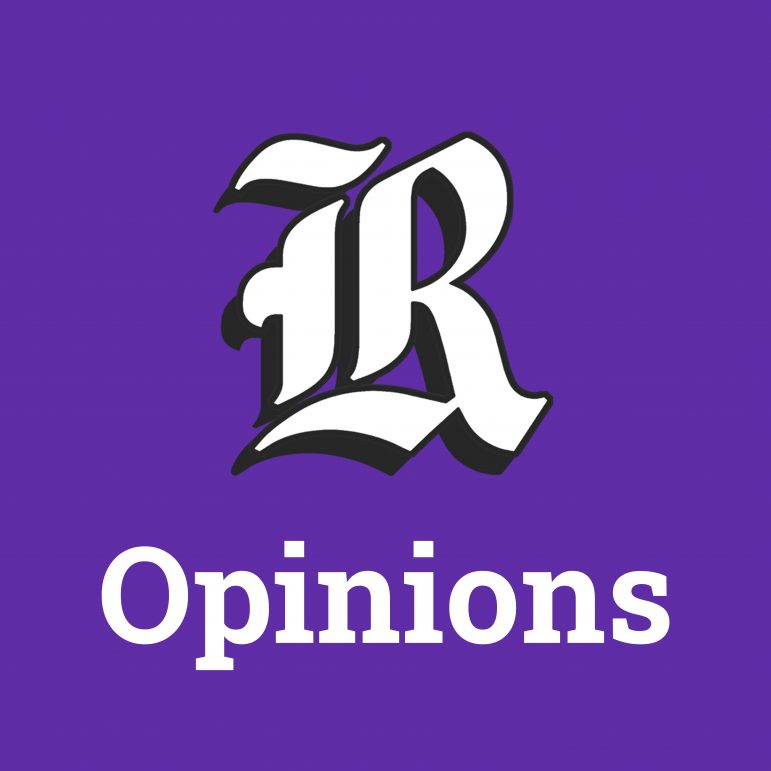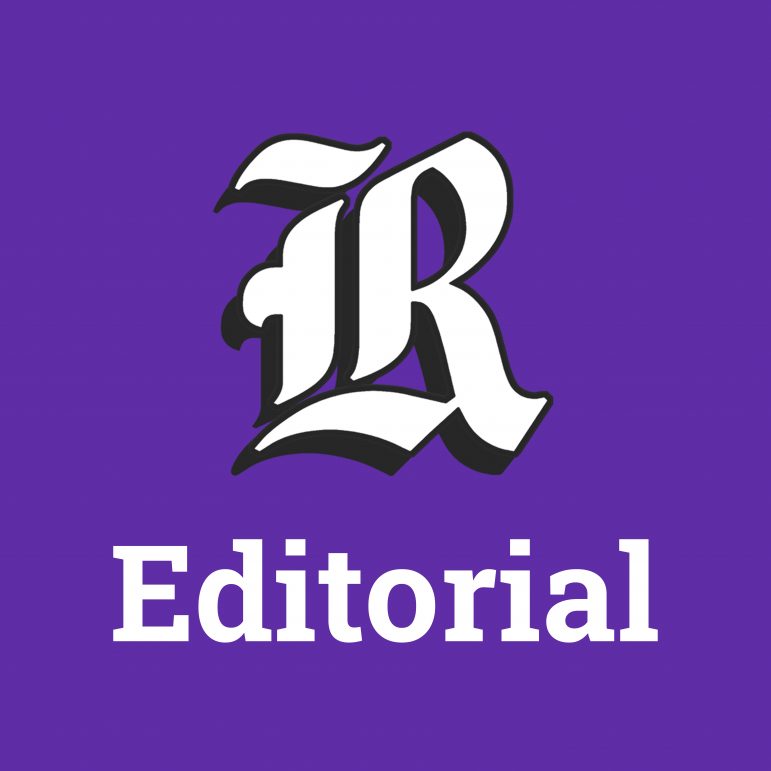In what direction is our community headed over the next 10 and 15 years? How will the College improve to become more equitable, inclusive, sustainable and transparent?
On Feb. 12, President of the College Maud S. Mandel released the initial drafts of 12 strategic planning reports that seek to address some of these questions. The reports are the result of studies conducted by 12 working groups composed of students, faculty and staff tasked with “articulating goals; confirming areas of interest; … [and] knitting the results into a plan to support the educational ambitions of an exceptional learning community,” according to the strategic planning website (“Mandel announces release of strategic planning reports,” Feb. 19, 2020). Since the release of the drafts, Mandel and the strategic planning working groups have sought community feedback through an online comments form that is scheduled to close this Friday.
One of the core functions of the strategic planning process, as Mandel wrote in the email that released the drafts, is to “serve as a bank of ideas” that will inform the translation of the plan’s overarching goals and vision into concrete steps. In order for the strategic planning process to truly reflect the vision and priorities of the College’s community, we the Record board find it essential for all members of the College and local communities to judge for themselves the merits of the strategic planning reports’ recommendations and findings. The working groups hosted various Log talks, town halls and meetings soliciting community input in the fall semester, and we hope that students will engage seriously in this new stage of the planning process, particularly given a lack of student involvement in the past.
We also find it equally important that the College make more accessible the process in which they solicit feedback on the reports. As the administration’s first commitment is to serve its students and community, it is Mandel and the Strategic Planning Committees’ responsibility to help students understand the vision of the College as proposed by these committees.
It is only when all students, staff, faculty members and community members, including those of minoritized and underrepresented backgrounds, fully engage in this process that we can say that the College’s strategic plan represents our collective vision, values, desires and demands. Community input is essential in order for the College to fully address its shortcomings.
We find it unfortunate that the only documents released by the College regarding the working group findings are the 12 dense and lengthy reports, which we worry will lead to major potential changes flying under students’ radars. We urge the Strategic Planning Committees to provide shorter summary documents of no more than one or two pages in addition to the original reports, that these summaries be posted on the strategic planning website’s homepage and that the committees provide more direct feedback processes aside from an online form.
We also encourage Mandel to extend the feedback deadline in order to give the campus and broader community more time to review the lengthy reports.
There is much at stake here. In the last year alone, our community has debated the merits of the entry system and housing system at large in light of increasing demand for affinity housing. Students have pushed for the creation of new academic departments and the reassessment of established curricula. Staff have called into question the role, or lack thereof, that they currently hold in administrative decision making. These are just some of the questions that the strategic plans address.
Other weighty matters are brought up in the reports. These include, among many others, the recommendation from the International Initiatives working group to “re-establish a need-blind admission policy for international applicants” in the spirit of equity, community building and institutional branding. The Williams in the World working group’s report grappled with the fact that the College’s land holdings have come at the price of displacing the indigenous Mohican peoples, a history we have yet to fully reckon with. In the Faculty and Staff Development report, the working group highlights the notably higher turnover rates for staff of color over the past five years, at 10 percent, in comparison to 3.7 percent for white staff. And the Learning Beyond the Classroom working group “strongly recommend[s] that Williams assess the elimination of the current off-campus housing option for seniors.”
These matters will not be resolved in the next year, and maybe not within the next 15. We recognize that these reports are just the beginning of a long journey of re-envisioning the College, and that they both provide specific recommendations and identify crucial questions that we as a community must start to answer. But now is the time for our community, both within and beyond our campus, to provide our own input in these important discussions.
For students and the community to fully “claim Williams,” we must get involved in this strategic planning process and interrogate, praise and expand on it as necessary while the College’s path is still in development. The College should make it easier for us to do so.
The editorial represents the opinion of the majority of the Record’s editorial board.







